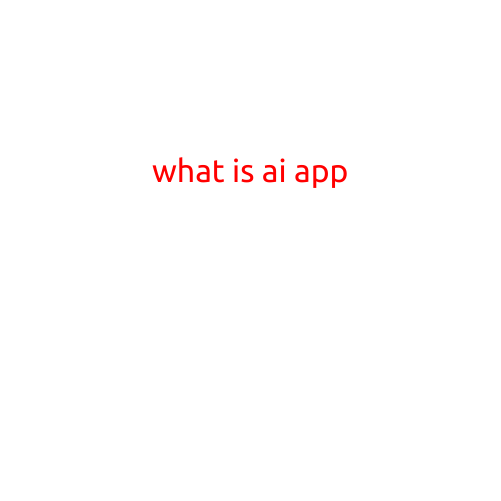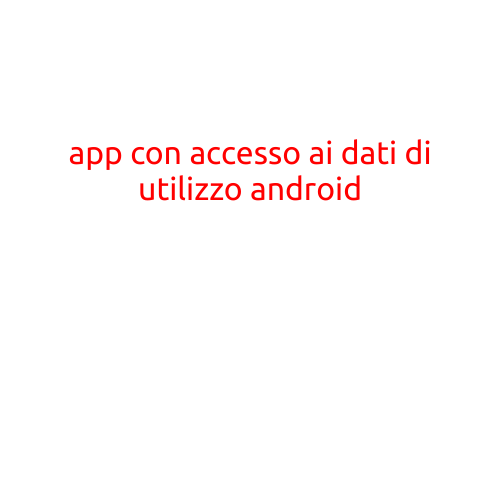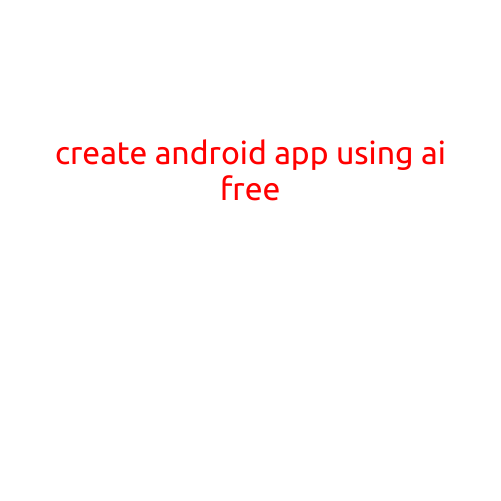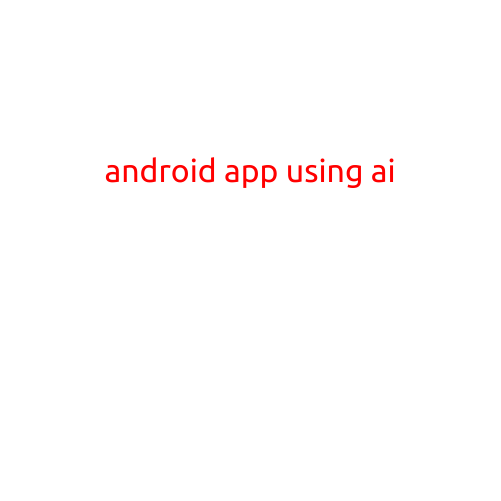
UI App Android: Understanding the Role of Design in Mobile Application Development
When it comes to developing a mobile application for Android, the user interface (UI) is a crucial aspect that sets the tone for the user’s experience. A well-designed UI can make or break the success of an app, as it directly impacts how users interact with the app and form an opinion about its quality.
In this article, we’ll dive into the world of UI app Android, exploring the importance of design in mobile application development, key design principles, and best practices for creating an engaging and user-friendly UI.
Why UI Matters in Android App Development
A good UI is essential for several reasons:
- User Experience: A well-designed UI ensures a seamless and intuitive user experience, making it easy for users to navigate through the app and accomplish their tasks.
- Visual Appeal: A visually appealing UI can make an app more attractive and engaging, encouraging users to interact with it more frequently.
- Conversion Rates: A UI that is easy to use and understand can lead to higher conversion rates, as users are more likely to complete tasks and achieve their goals.
- Brand Recognition: A consistent and well-designed UI can help establish an app’s brand identity and differentiation from competitors.
Key Design Principles for UI App Android
To create a successful UI app Android, follow these key design principles:
- Keep it Simple: Avoid clutter and keep the design simple, focusing on the essential elements that users need to interact with.
- Consistency: Establish a consistent design language throughout the app, using a consistent color scheme, typography, and layout.
- Clear Navigation: Design a clear and intuitive navigation system, making it easy for users to move through the app and find the information they need.
- Responsive Design: Ensure the UI is responsive, adapting to different screen sizes, orientations, and devices.
- User Feedback: Provide clear and timely user feedback, such as loading animations, error messages, and success notifications.
Best Practices for Creating a UI App Android
Here are some best practices to keep in mind when designing a UI app Android:
- Test and Iterate: Continuously test and iterate your design, gathering feedback from users and testing different design options.
- Use Android Design Guidelines: Follow the official Android Design Guidelines, which provide a set of design principles and guidelines for creating Android apps.
- Use Font Families and Typography: Use Google’s recommended font families and typography for Android apps, such as Roboto and Open Sans.
- Colors and Contrast: Use a color palette that provides sufficient contrast, making it easy for users to read and interact with the app.
- Responsive Icons: Use responsive icons and images, adapting to different screen sizes and devices.
Conclusion
In conclusion, a well-designed UI app Android is essential for creating a positive user experience, increasing engagement, and driving conversions. By understanding the importance of design, key design principles, and best practices, developers can create an app that stands out from the competition and meets users’ needs. Remember to keep it simple, consistent, and responsive, and don’t forget to test and iterate your design to ensure the best outcome for your app.





